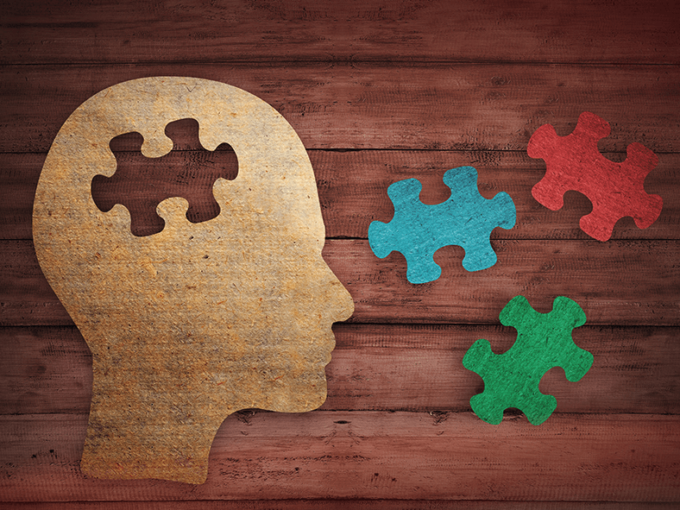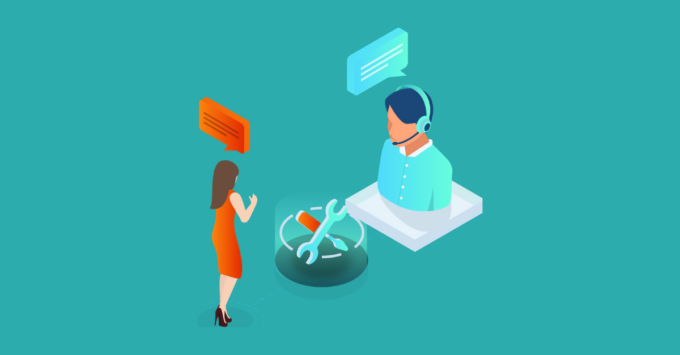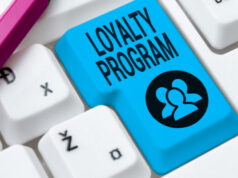A successful business is established because of customers that saw success using your service. There are a lot of organizations out there that need to invest more time and effort in helping their customers learn to use the products, which is why you should think about creating educational content to address your customers’ pain points.
Building a customer education platform can help to reduce churn and improve the retention of customers by allowing you to see the challenges that your customers may face.
It is a proactive strategy that also helps customers learn how to use your service or product effectively. It is all about understanding customers’ needs and offering quality technical services or products to meet those needs. Customer retention focuses on increasing the number of customers who stay with your organization in the long term.
Tips for a Better Customer Education Platform
Here are some tips for creating a better customer education process for your business and your customers!
Set goals for content
The goal of content plays a vital role in customer retention. It does not mean setting time parameters or a target word count, however, the content itself should drive the information to your customers without losing their interest in the process.
Develop a knowledge base
Get feedback from your customers and use that feedback when you create customer education materials. It will help you create easy-to-follow content that addresses your customers’ needs. Consider different ways, such as concrete examples, bird’s eye view, or hands-on approaches to deliver education materials.

Also, try to use only a little information and details at a time. Less is usually more! And lastly, make sure there is an FAQ section. It helps customers understand the product when they decide to purchase it.
Understand your buyer’s journey
It is extremely important that you understand your buyer’s journey when building a customer education platform. It will help you understand how customers evaluate and purchase services and if there are any roadblocks in the process. Awareness, consideration, and decision are three stages of a buyer’s journey.
Create onboarding email series
You need a way to present your content to your customers to make it easy for them to digest. An onboarding email series is essential for this reason. Onboarding emails should be delivered in a sequence and they should be easy for your customers to understand.
Another option is delivering customer education content through video or live training sessions. You can also share smaller chunks of education programs through Facebook, Twitter, and LinkedIn posts.
Address customers’ challenges with the content
Now you have to determine what resources help your customers address their challenges. Analytics can help you identify the most effective content for your customers. After getting an idea of what content might work best, figure out how well it meets your customer’s needs in terms of format and tone.
Once you have determined the goals and needs of customers and evaluated how likely pieces of certain content are to meet those needs, it is time to create new educational material to refresh the existing ones.

Utilize existing resources or create new materials
Once you have decided to design a customer education platform, find out what material you already have. You can create an education course with some of those existing resources. This way, you can also identify gaps in your current assets and address them accordingly.
Use LMS to build a customer education program
Organize your customer education platform using a learning management system. It will help you to organize your schedule and keep track of customers’ progress. LMS enables you to customize the content for different categories of customers, track their progress, and view the content they are interacting with.
Evaluate your customer education platform
Use performance metrics such as customer satisfaction and retention to assess the performance of your customer education platform. A good one has a better retention rate and the ability to keep customers using your services or products for long periods. A successful business has a retention rate of 80-100%.
As you can see, customer education matters. You need to identify the significant retention issues to build a customer education platform that improves your organization’s retention rate. Some companies rely on marketing metrics and choose not to track retention. Addressing the retention rate and gathering customer feedback should help you to take a more comprehensive approach.










